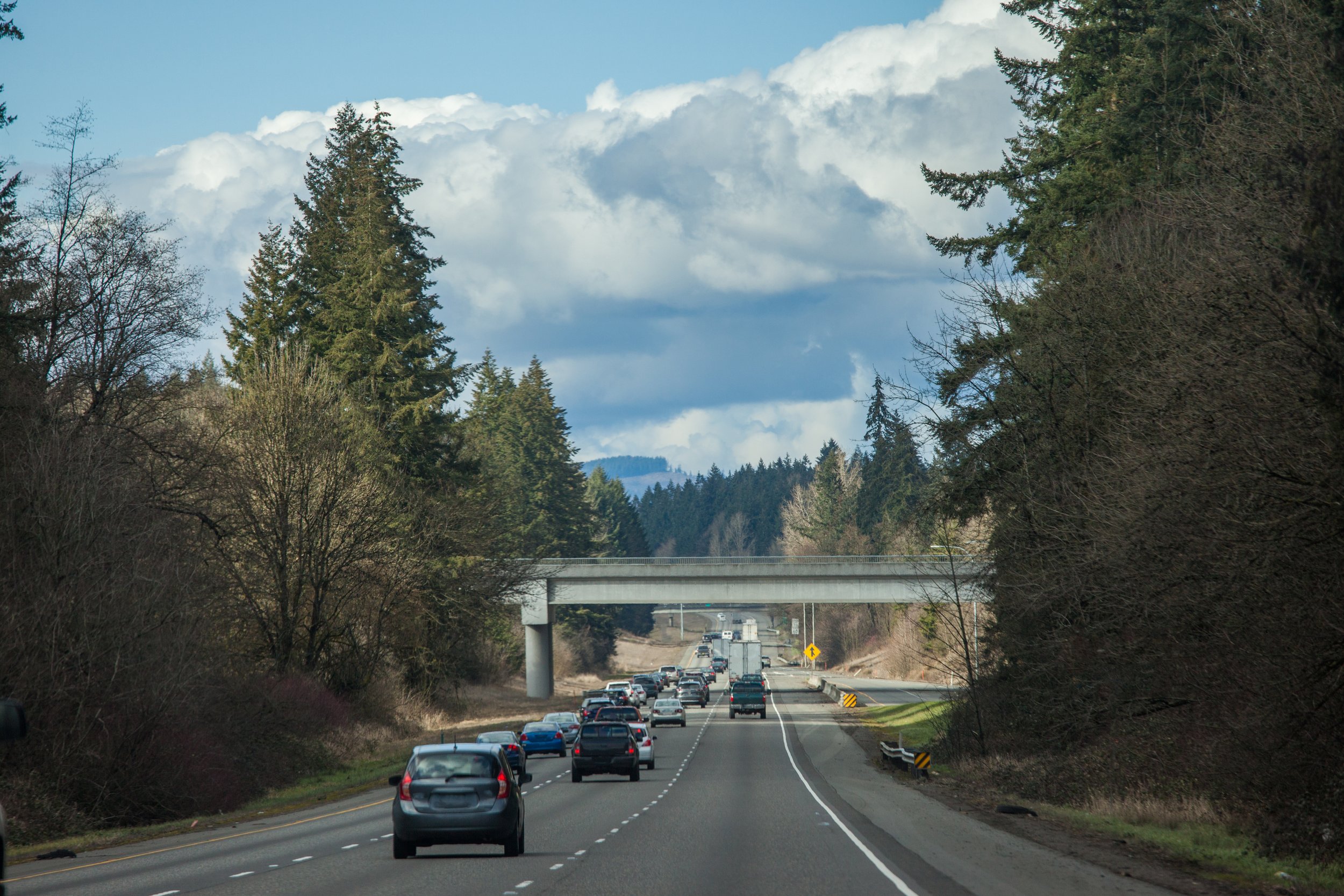
About Self-Serve in Oregon
House Bill 2426, approved by the Oregon Legislature and signed into law by Gov. Tina Kotek in 2023, gives drivers a choice between service from an attendant and self-serve gas statewide.
The law simplifies the state’s previous patchwork of complicated rules while maintaining some differences between rural counties (where self-service was already allowed) and nonrural counties (where it was previously prohibited) to ease the transition to consumer choice fueling.
How to Pump Your Own Gas

Frequently Asked Questions
-
Starting August 4, 2023, Oregonians may pump their own gas at retail gas stations across the state, including in areas where self-serve gas was previously prohibited. The law sets limits in nonrural counties, allowing more flexibility for drivers who prefer self-service in rural areas. For example, in nonrural counties, gas stations may offer self-service at no more than 50% of their pumps and only during operating hours. You can find the current law here.
-
In rural counties, gas stations may offer self-serve gas at all hours.
All gas stations, including both rural and nonrural facilities, are subject to the Americans with Disabilities Act (ADA) and Oregon law, which require equal access to fuel for people with disabilities. This means that any gas station with an attendant or other employee on duty must provide refueling assistance to customers with disabilities. If you need help, please notify someone at the gas station, and they will assist you.
Rural counties, where self-serve gas is allowed at all hours, are defined in the law to include Baker, Clatsop, Crook, Curry, Gilliam, Grant, Harney, Hood River, Jefferson, Klamath, Lake, Malheur, Morrow, Sherman, Tillamook, Umatilla, Union, Wallowa, Wasco, and Wheeler. You can find a map at this link.
-
In nonrural counties, gas stations must offer attended service, but they may also offer self-serve gas at no more than half of their pumps during operating hours. If offering a self-serve option, the gas station must provide signage so customers can identify which pumps allow self-service or attended service.
All gas stations, including both rural and nonrural facilities, are subject to the Americans with Disabilities Act (ADA) and Oregon law, which require equal access to fuel for people with disabilities. This means that any gas station with an attendant or other employee on duty must provide refueling assistance to customers with disabilities. If you need help, please notify someone at the gas station, and they will assist you.
Nonrural counties, where self-serve gas is allowed on 50% of the pumps, include Benton, Clackamas, Columbia, Coos, Deschutes, Douglas, Jackson, Josephine, Lane, Lincoln, Linn, Marion, Multnomah, Polk, Washington, and Yamhill. You can find a map at this link.
-
No. In nonrural counties, gas stations must always offer attended service. They would not be able to if the station is closed.
-
Regardless of the number of dispensing islands and pumps, a gas station operator in a nonrural county may not allow more than 50% of their pumps to be available for self-serve gas, and the remaining pumps must offer attended service. Signage is required so customers know which pumps offer self-service and which are attended.
-
All gas stations in the following nonrural Oregon counties must offer attended service and provide someone to pump your gas on 50% of the pumps: Benton, Clackamas, Columbia, Coos, Deschutes, Douglas, Jackson, Josephine, Lane, Lincoln, Linn, Marion, Multnomah, Polk, Washington, Yamhill.
Gas stations in the following rural counties may offer all self-service to customers at all hours. Still, they must make someone available to pump gas between 6 am and 6 pm if they have a convenience store: Baker, Clatsop, Crook, Curry, Gilliam, Grant, Harney, Hood River, Jefferson, Klamath, Lake, Malheur, Morrow, Sherman, Tillamook, Umatilla, Union, Wallowa, Wasco, Wheeler.
-
In nonrural counties, where attended service must be available during business hours, the law requires gas stations to provide clear signage for customers designating attended service and self-serve pumps. If you do not see a self-service sign at a gas station in these counties, drivers should presume all the pumps are attended-service pumps.
-
Don’t worry; just ask an attendant if you have questions.
-
No. Some gas stations may choose to continue to offer attended service only.
-
Gas stations in rural counties may offer self-service at all pumps. Still, they must also make someone available to help pump gas between 6 am and 6 pm if they have a convenience store on-site and a customer needs help pumping gas. Likewise, gas stations in other nonrural areas must offer attended service all hours they are open. However, they may also allow self-service at designated pumps.
-
No, the law requires gas stations to charge the same price for self-service and attended service.
-
The Americans with Disabilities Act (ADA) and Oregon law require gas stations to provide equal access to fuel for people with disabilities. This means that any gas station with an attendant or other employee on duty must provide refueling assistance to customers with disabilities. If you need help, please notify someone at the gas station, and they will assist you.
-
The Oregon State Fire Marshal’s Office will continue to monitor compliance with the state’s self-serve gas law and receive complaints. Violating the law may carry penalties starting in March 2024.
-
Yes. Historically, diesel vehicles have not been subject to attended-service requirements and have been able to pump their own fuel statewide. This has not changed.
-
Many gas stations have directions at the pump – it’s a simple process with only a few steps. In addition, you can find a video tutorial with basic instructions for pumping gas at this link. If you need help, please notify someone at the gas station, and they will assist you.
-
Yes. Drivers in nearly every state in the country (now all except New Jersey) safely pump their own gas every day. For additional information, you can find safety tips here.

